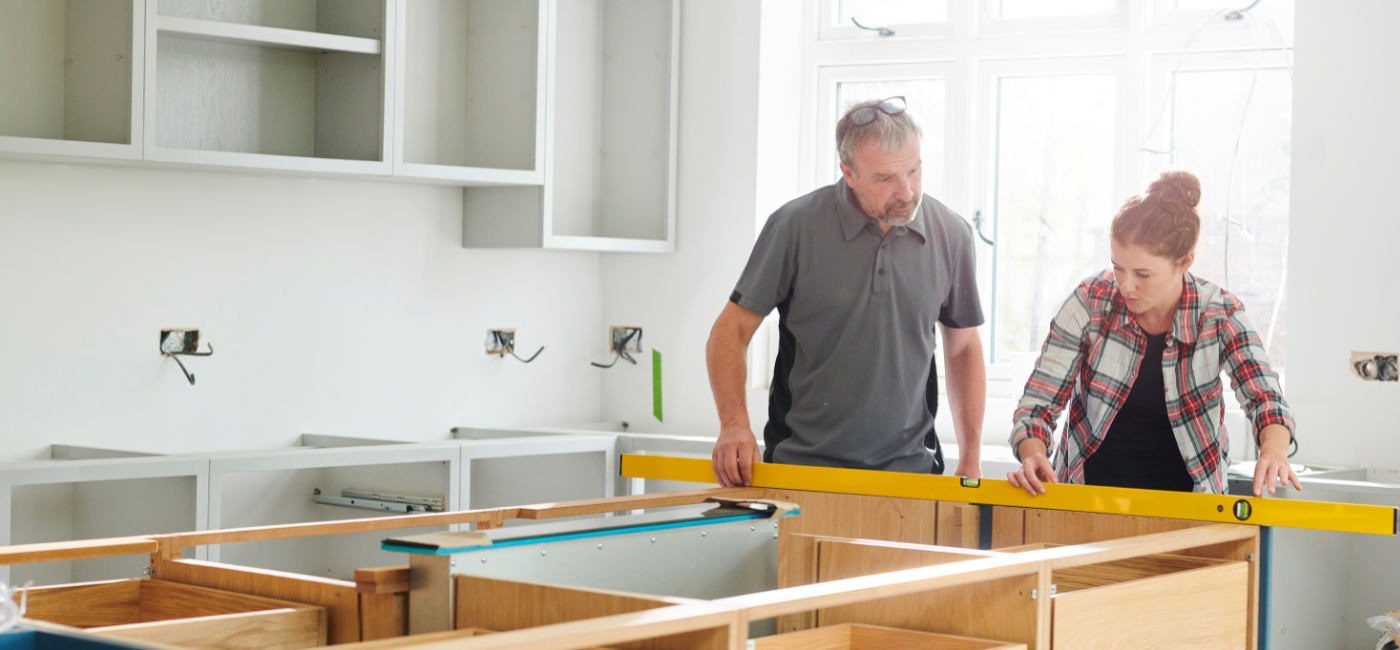
Stone benchtops are a beautiful addition to any kitchen or bathroom, but their installation is a crucial process that requires careful planning and execution.
In this article, we’ll take you through the art of stone benchtop installation, outlining the steps and considerations to ensure a successful and stunning addition to your home.
Precise Measurements and Templating
The process begins with precise measurements and templating. A professional installer will visit your home to measure the space and create a template, ensuring that the stone benchtop fits perfectly. This step is crucial to avoid any gaps or irregularities in the final installation.
Material Selection
Before installation, you’ll need to have already chosen your stone material. Different materials have unique installation requirements, and your choice will impact the process. Our team will provide guidance on the best practices for your selected stone.
Preparing the Substrate
The existing cabinetry or support structure should be thoroughly examined and prepared to receive the stone benchtop. It’s essential that the base is level, sturdy, and able to support the weight of the stone. If necessary, adjustments and reinforcements may be made.
Stone Cutting and Fabrication
The selected stone material will be cut and fabricated to match the template created earlier. This stage involves precise cutting, edging, and any necessary cutouts for sinks, cooktops, or other fixtures. This work is completed by our skilled team to ensure accuracy and quality.
Seams and Joints
In most cases, stone benchtops require seams or joints, especially for larger installations. Experienced installers take great care to ensure that seams are inconspicuous and properly sealed. The type of seam and its location should be discussed with your installer.
Installation Day
On the scheduled installation day, the stone benchtop pieces will be brought to your home. Our installation team will carefully place the sections, ensuring that they fit precisely. It’s vital to have clear communication with the installers regarding the placement and any specific design elements, such as edge profiles.
Sealing and Finishing
After the stone benchtop is in place, it will be sealed to protect it from stains and damage. The type of sealer used depends on the stone material, so consult your installer for specific recommendations. The benchtop will also be given a final polish to achieve the desired finish.
Cleanup and Inspection
Once the installation is complete, the work area should be thoroughly cleaned. The installer will inspect the benchtop for any imperfections, and you should do the same. Ensure that you are satisfied with the alignment, seams, and overall appearance before signing off on the installation.
Curing Time
Stone benchtops may require a period of curing time after installation, during which they should not be used for heavy tasks. The duration varies based on the type of stone and sealer used, so follow the recommendations provided by the installer.
Care and Maintenance
After installation, it’s essential to maintain your stone benchtop properly. Follow the care and maintenance guidelines provided by the installer to ensure the longevity and beauty of your investment.
In summary, stone benchtop installation is a precise and detailed process that requires professional expertise. By understanding the steps involved and considering the specific requirements of your chosen stone material, you can ensure a successful installation that transforms your space into a work of art. We make sure you’re always in the know and that the best results are achieved so you can enjoy the timeless beauty of your new stone benchtop for years to come.
